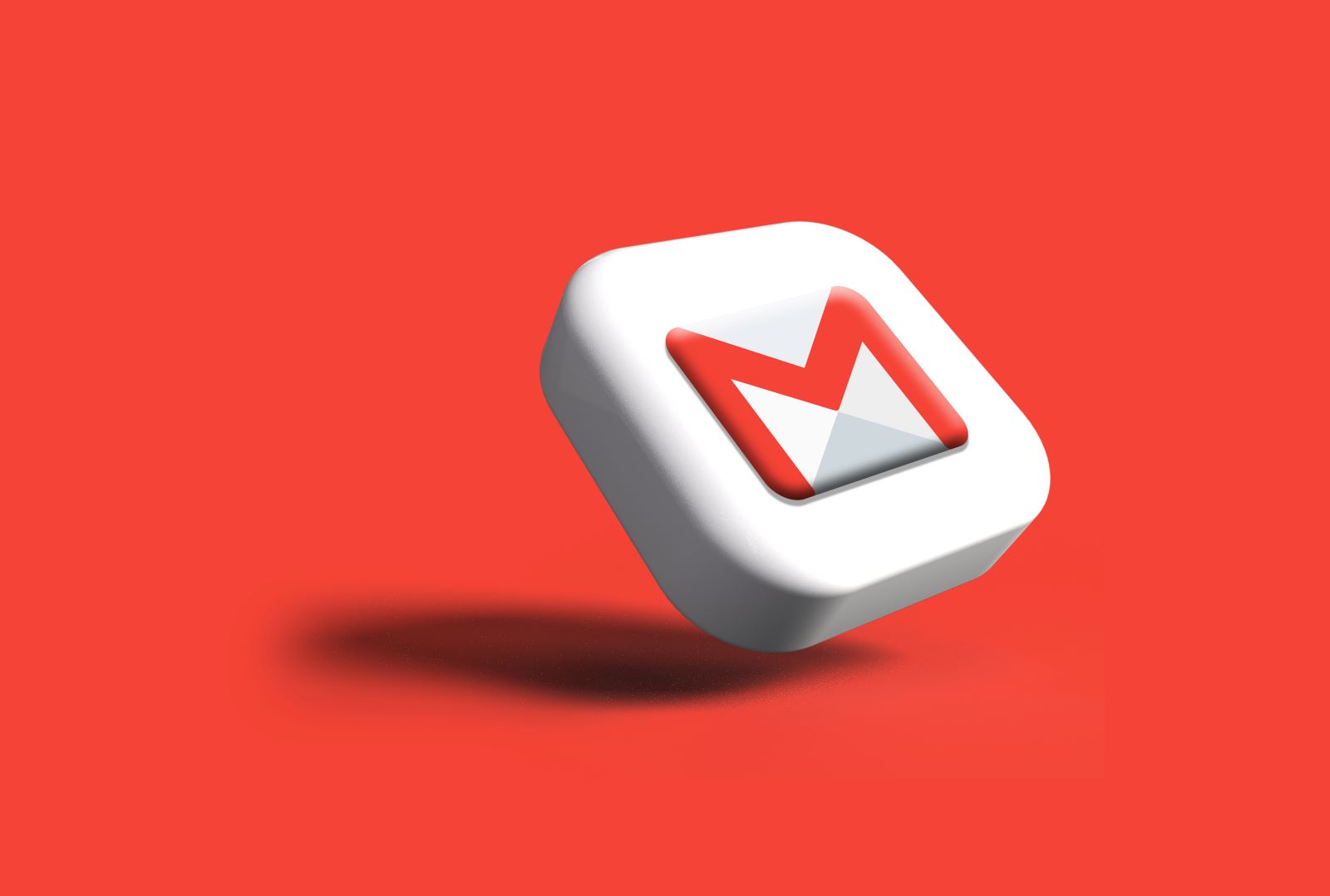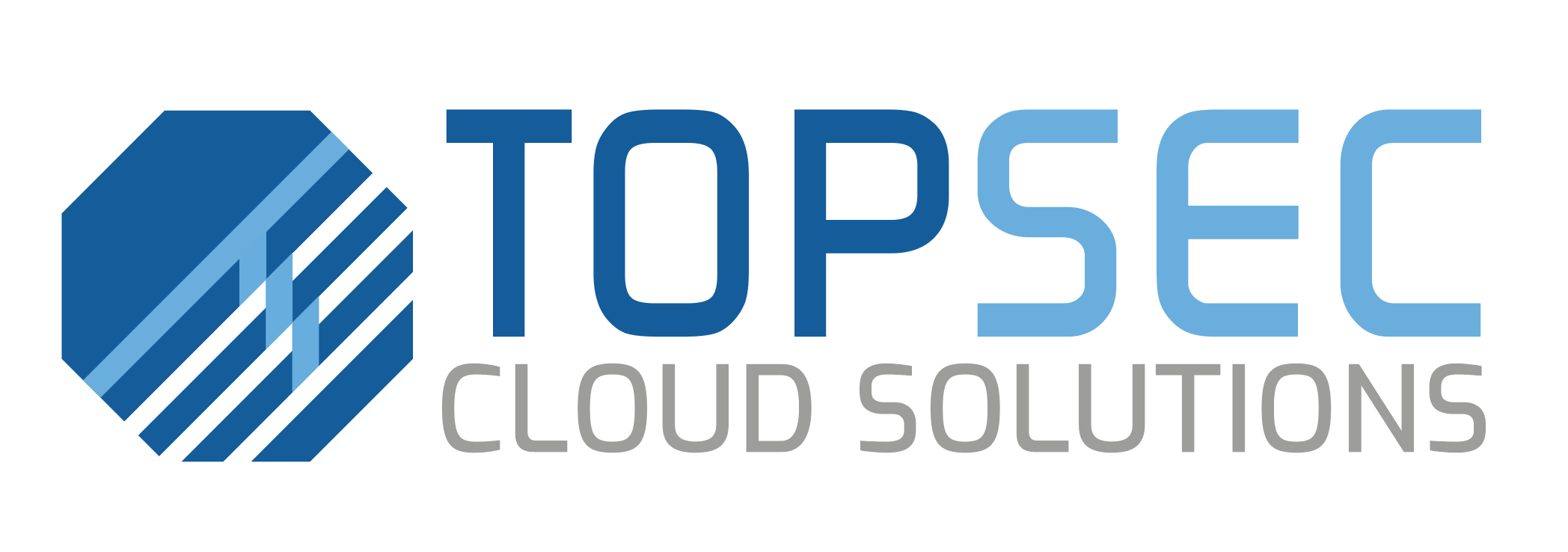Navigating New DMARC Email Authentication Rules for High-Volume Senders

Navigating New DMARC Authentication Rules Google and Yahoo have set strict authentication rules for DMARC, know what that means for you Get a Quote Download Datasheet Email Security > DMARC Navigating New DMARC Authentication Rules for High-Volume Senders Unpack the latest DMARC email authentication requirements set by Gmail and Yahoo for high-volume email senders, exceeding 5,000 daily emails. Discover steps for compliance and best practices for email security. By Cian Fitzpatrick | 7th November, 2023 Understanding Managed Email Security The Evolution of Email Security Standards DMARC is in the news once again. Google recently declared a significant change, setting new requirements to be enforced from February 2024. The new requirements are aimed at entities dispatching over 5,000 emails per day to Gmail accounts. Yahoo! then followed suit with an announcement of their own requiring email authentication. These two announcements signal an industry-wide shift towards stricter email authentication and management practices. This article will chiefly examine Gmail’s stipulations, as Yahoo!’s changes mirror this new industry benchmark. Previously, email authentication was advised as a best practice to protect sender domains and prevent misuse within the email ecosystem. With Gmail’s update, these recommendations have now transitioned into mandatory requirements. With 1.2 billion users situated across the globe, Gmail is the most popular, and the biggest, email provider in the world. And with this new announcement, there is no doubt that the largest email provider in the world is taking a more stringent approach to email security. Key Components and the Importance of DMARC Records DMARC: Not Just Recommended, But Essential A critical change is the mandatory publication of a Domain-based Message Authentication, Reporting, and Conformance (DMARC) record for those meeting Gmail’s specified email volume. It’s important to note that while the DMARC record must be published, it does not necessarily need to be set to the enforcement level (p=reject or p=quarantine) initially. This indicates Gmail’s understanding of the complexities involved in implementing DMARC at a large scale, acknowledging the risk of inadvertently blocking legitimate senders. The implementation of DMARC, despite its complexities, remains a best practice for combating domain spoofing and other abuses. It’s a key strategy in maintaining a secure domain and a trustworthy email environment. Try our 7 day free DMARC trial now Sign Up Now Detailed Look at the Newly Enforced Requirements Mandatory Steps for Compliance For effective compliance with these new standards, high-volume senders should focus on several key areas: Implement Sender Policy Framework (SPF) and DomainKeys Identified Mail (DKIM) for email authentication. Establish a DMARC policy for your sending domain. Tools like Valimail can aid in this setup, guiding senders towards achieving enforcement level. Align the domain in the sender’s “From” header with either the SPF or DKIM domain. Validate sending domains or IPs with accurate forward and reverse DNS (PTR) records. Facilitate one-click unsubscribe features in subscribed messages, ensuring the unsubscribe link is easily noticeable. This method is a proactive step in reducing spam complaints and enhancing recipient trust. Keep spam rates reported in Google Postmaster Tools below 0.3%. Format email messages according to the Internet Message Format standard (RFC 5322). These new requirements redefine what was once an aspirational goal into a necessary standard for high-volume email senders. Google and Yahoo!’s initiatives are driving the industry towards heightened security measures. Although these changes might introduce some initial challenges, they pave the way towards a more secure and effective email communication framework in the long run. As you navigate the complexities of DMARC email authentication rules, especially for high-volume senders, gaining a comprehensive understanding of DMARC becomes crucial. To deepen your knowledge and ensure full compliance, we strongly recommend reading our detailed guide: “What is DMARC?” This guide provides essential insights and actionable steps for effective DMARC implementation, which is not just recommended but essential. Understanding these details will help you comply with the new standards effectively. Contact us to help with your email authentication requirements. With more than 20,000 customers, we protect 2 million + email inboxes a day. And we’d be delighted to protect yours too! Learn how you can be DMARC compliant Contact Us

